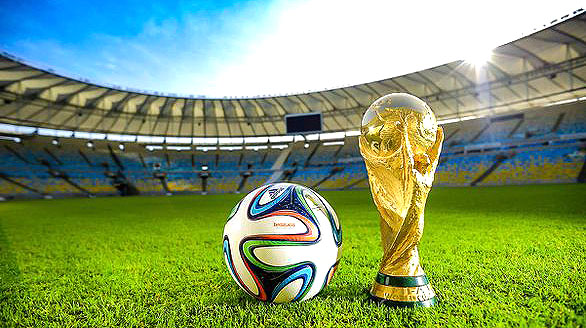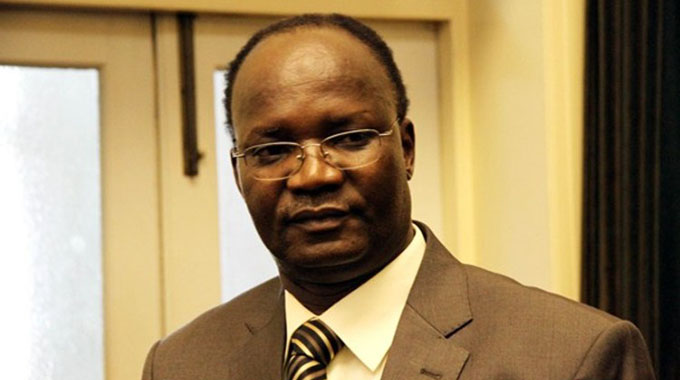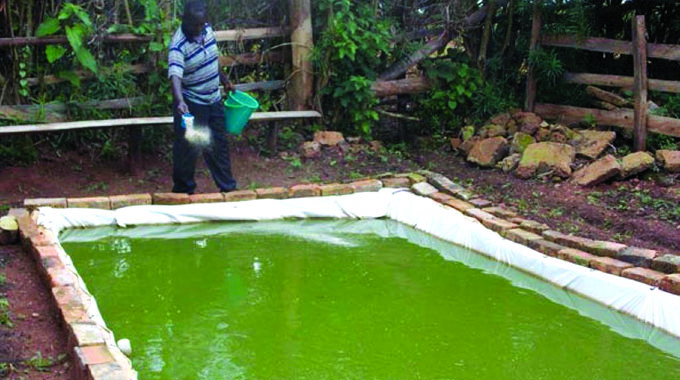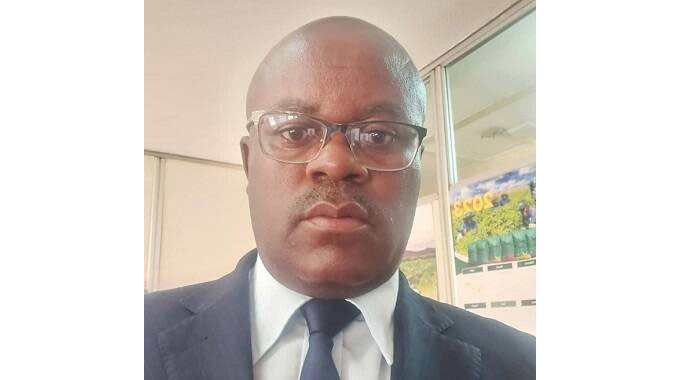EDITORIAL COMMENT: Lessons from the World Cup

THE 2022 FIFA World Cup in Qatar has brought a lot of excitement among football enthusiasts across the globe in the past few days.
Zimbabwe could have been part of the football jamboree had they played their cards well.
However, participation at the World Cup finals looks like a distant dream for the Warriors.
This is a clear demonstration of the mountains we still need to climb in terms of our football. It is difficult for African nations to make it to the finals.
Only five out of the 32 teams at the World Cup in Qatar are from Africa despite the continent having 54 member nations in FIFA.
The only other time when more African teams were at the World Cup was in 2010 when six nations from the continent took part, including hosts South Africa.
Europe is the largest bloc in FIFA with 55 countries and in contrast to Africa, they have 13 slots guaranteed at the World Cup. It sounds unfair to Africa, in terms of the numbers.
But that is the case. Slots are based on overall world ranking and performance at the tournament, as well as the number of nations in the federation.
Africa cannot claim more slots as long as the teams are not doing well. FIFA, on the other hand, cannot compromise on the quality of the game.
Africa still lags behind in terms of performance and developing the game. We have seen African teams failing to win, let alone to score a goal when they began their first round matches in Qatar this week.
The continent is this year represented by Ghana, Morocco, Tunisia, Cameroon and Senegal.
All the teams fired blanks in their opening matches, except for Ghana, who still went on to lose 2-3 to Portugal.
Senegal became the first team to win yesterday when they beat hosts Qatar in their second Group game. But the question remains, how far will the African teams go?
No African team has ever made it to the semi-finals. The highest was quarterfinal appearances by Cameroon (1990), Senegal (2002) and Ghana (2010).
It has often been held that the odds are stacked heavily against Africa. The talent is abundant but the shortage of resources is a major hindrance. There is no infrastructure in place and the financial resources are often scarce.
It then makes it difficult to implement the FIFA/CAF Club Licensing system which aims at promoting and improving the quality and the level of all football aspects across the globe.
And this brings us to Zimbabwe where it has become almost impossible to embrace the blueprint.
The infrastructure is run-down and the administration of the game is in shambles.
ZIFA are currently under FIFA suspension because of the various administrative challenges.
We can also learn from our brothers from the continent. How are they doing it? Ghana for instance. The West Africans have qualified for four FIFA World Cup tournaments in 2006, 2010, 2014 and 2022.
The GFA are always successful with their strategic plans and always have a vision of helping the game to achieve new heights in the medium and long term.
Apart from sound administration, financial prudence and infrastructure, they also prioritise grassroots development.
They have the youngest team at this year’s World Cup at an average of 24.7 years.
Ghana, like all the five African teams, have a home-grown coach in Otto Ado. Zimbabwe, who alo have a notoriety of recycling old players because of lack of development blueprint, have lagged behind in terms of investing in local coaches.
The affinity for foreign coaches, who often are paid better than locals, has destroyed the spirit.
The foreign coaches in most cases have under-achieved and left the country in trouble as was the case with Tom Seintfiet and Brazilia, Valinhos who ignited Zimbabwe’s suspension from the 2018 World Cup because of unpaid dues.
The African nations in Qatar have demonstrated that home grown coaches can deliver, given enough support. Also young players are the present and the future.
During the 2022 qualifiers, Zimbabwe were in the same group with neighbours South Africa, Ethiopia and Ghana.
But for Zimbabwe, the campaign never took off. The plot was lost from that first game against an experimental South Africa side at the National Sports Stadium, which many felt was there for the taking.
But the Warriors failed to utilise home advantage in the goalless draw against Bafana Bafana.
Losing the second game to lowly Ethiopia was unacceptable and it cost Croatian coach Zdravko Logarusic his job.
Norman Mapeza took over the reins on an interim basis but Zimbabwe’s fortunes remained suppressed following the back-to-back defeats to Ghana.
They also lost to South Africa in the return leg to continue on a dismal run of four consecutive defeats going into the final game, which ended in another disappointing 1-1 home draw with Ethiopia at the National Sports Stadium.
And it turned out to be one of the worst World Cup qualifying campaigns by the Warriors.
They finished bottom of the table, winless. But that now is in the past.
We just hope when the authorities have finished the reforms at ZIFA and Zimbabwe is readmitted to FIFA, the Warriors will be able to fight for a World Cup slot in our lifetime. But for now, let’s continue to learn and fix our game.










Comments